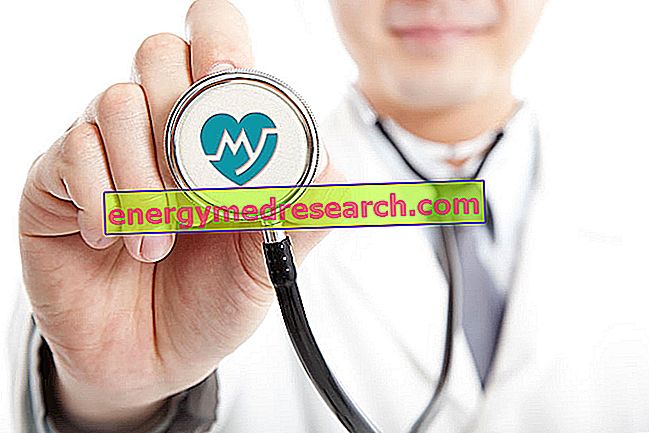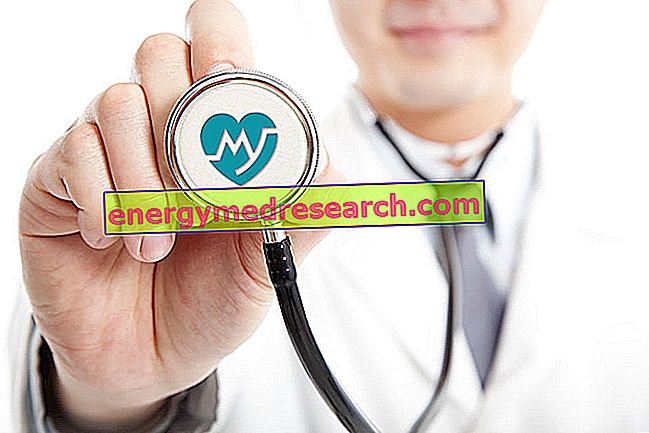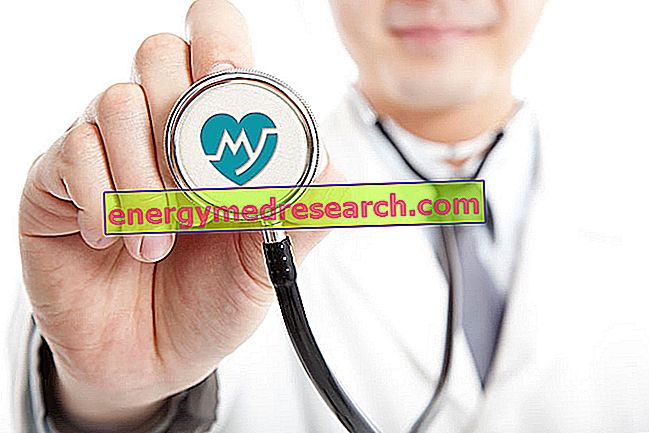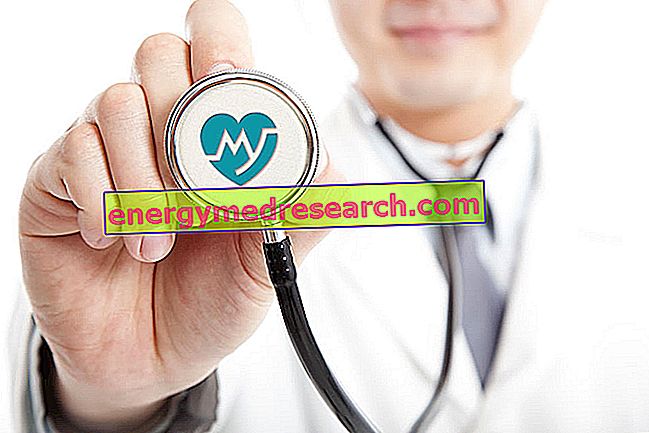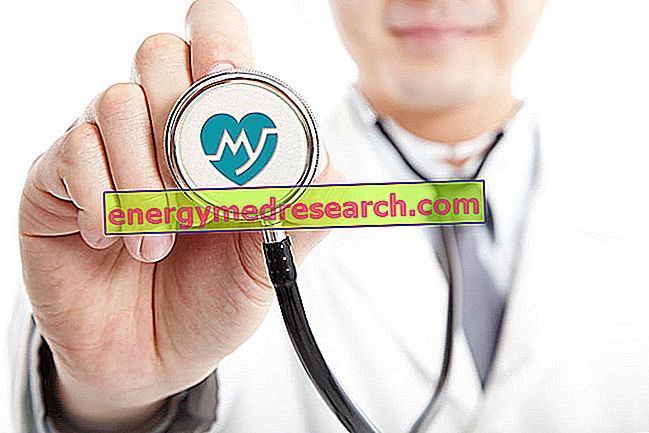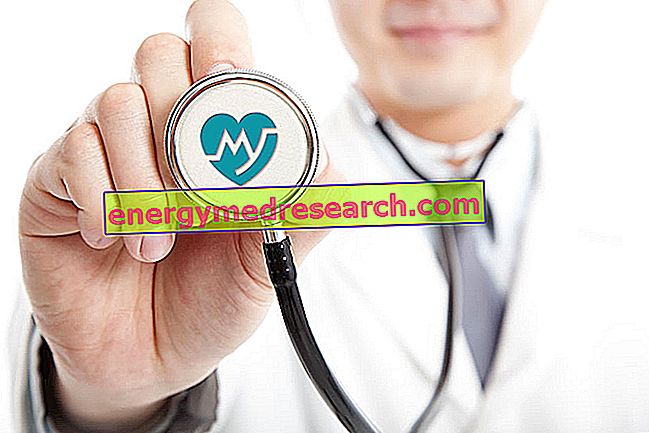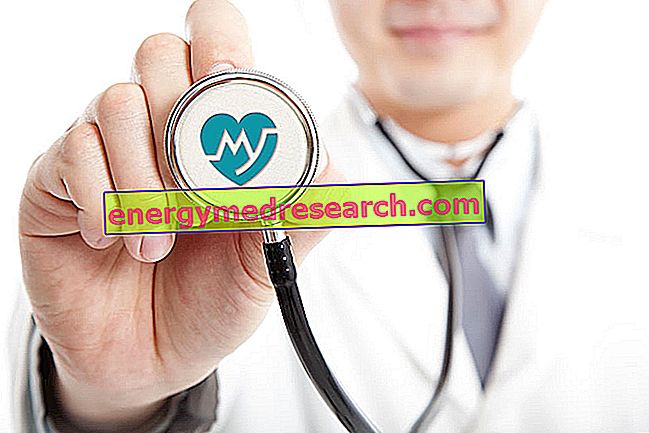Generality Leukemia is a term that includes a series of malignant diseases, commonly called "blood cancers"; these are neoplastic hyperproliferations affecting hematopoietic stem cells, bone marrow and the lymphatic system. From the clinical point of view and on the basis of the speed of progression, the leukemia is distinct in acute (severe and sudden manifestation) or chronic (slowly worsens over time)
Category blood health
Definition Blood coagulation defects are the consequence of an altered functioning of the hemostatic-coagulation system. Under physiological conditions, this system causes bleeding to stop in a damaged blood vessel (hemostasis); this is possible thanks to the combined activity of vascular, platelet and plasma factors
Related articles: Drepanocytosis Definition Drepanocytosis is a form of chronic hemolytic anemia, characterized by an alteration typical of red blood cells. In particular, under certain conditions, the red blood cells take on a sickle conformation due to the presence of an abnormal hemoglobin, called Hb S (where "S" stands for "sikle", meaning "sickle" in English)
Related articles: Embolism Definition Embolism is a pathological condition due to the obstruction of a blood vessel by an embolus. Embolus is defined as any material of chemical composition different from that of blood and immiscible to it (usually a blood clot, but also an air bubble, an accumulation of lipid material, a parasite or a foreign body), which is transported in the blood stream up to a lower caliber vessel, in which it stops its run causing more or less important circulatory disorders
Related articles: Hemochromatosis Definition Primary hemochromatosis is a genetic metabolic pathology, characterized by an excessive accumulation of iron in the body. The generally systemic process can cause damage to tissues and to various organs, such as liver, pancreas, skin, gonads, pituitary glands, liver and heart
Related articles: Primitive and Secondary Hemochromatosis Definition Hemochromatosis is a pathological condition characterized by excessive accumulation of iron. This process is generally systemic (involves the whole organism) and results in tissue damage. As a rule, the total iron content in the human body is about 2
Related articles: Hemophilia Definition Hemophilia is a congenital disease due to a deficiency of one of the plasma factors that participate in the coagulation process. This predisposes patients with hemophilia to unusual or excessive bleeding. Hemophilia is a hereditary disease that derives from mutations, deletions or inversions of the genes coding for factor VIII (hemophilia A; affects about 80% of patients) or by factor IX (hemophilia B) of coagulation
Definition Hemosiderosis is a pathological condition characterized by a focal accumulation of hemosiderin (pigment containing iron derived from the hemoglobin of red blood cells; it represents a form of deposit of the mineral in the body). Unlike what happens in hemochromatosis, this phenomenon does not cause tissue damage, as it is not accompanied by an increase in total body iron
Definition Erythromelalgia is a painful vasodilation of peripheral blood vessels. In addition to pain, burning type, in the affected area, erythromelalgia also causes heat and redness. The disorder is found especially in the hands, feet, face, ears or knees. Erythromelalgia lasts from a few minutes to several hours
Related articles: Hypercalcemia Definition Hypercalcemia is defined as an increase in blood calcium levels compared to the norm; specifically, the total serum calcium (Ca) concentration is greater than 10.5 mg / dL (when it should be between 8.8 and 10.5 mg / dL). The clinical features of hypercalcemia include constipation, anorexia, nausea, vomiting, musculoskeletal weakness and abdominal pain
Related articles: Hypocalcemia Definition Hypocalcemia is a reduction in total serum calcium concentration below 8.8 mg / dl (<2.20 mmol / l), in the presence of normal concentrations of plasma proteins. This condition causes various manifestations, such as paresthesia, tetany and, if severe, convulsions, encephalopathy and heart failure


